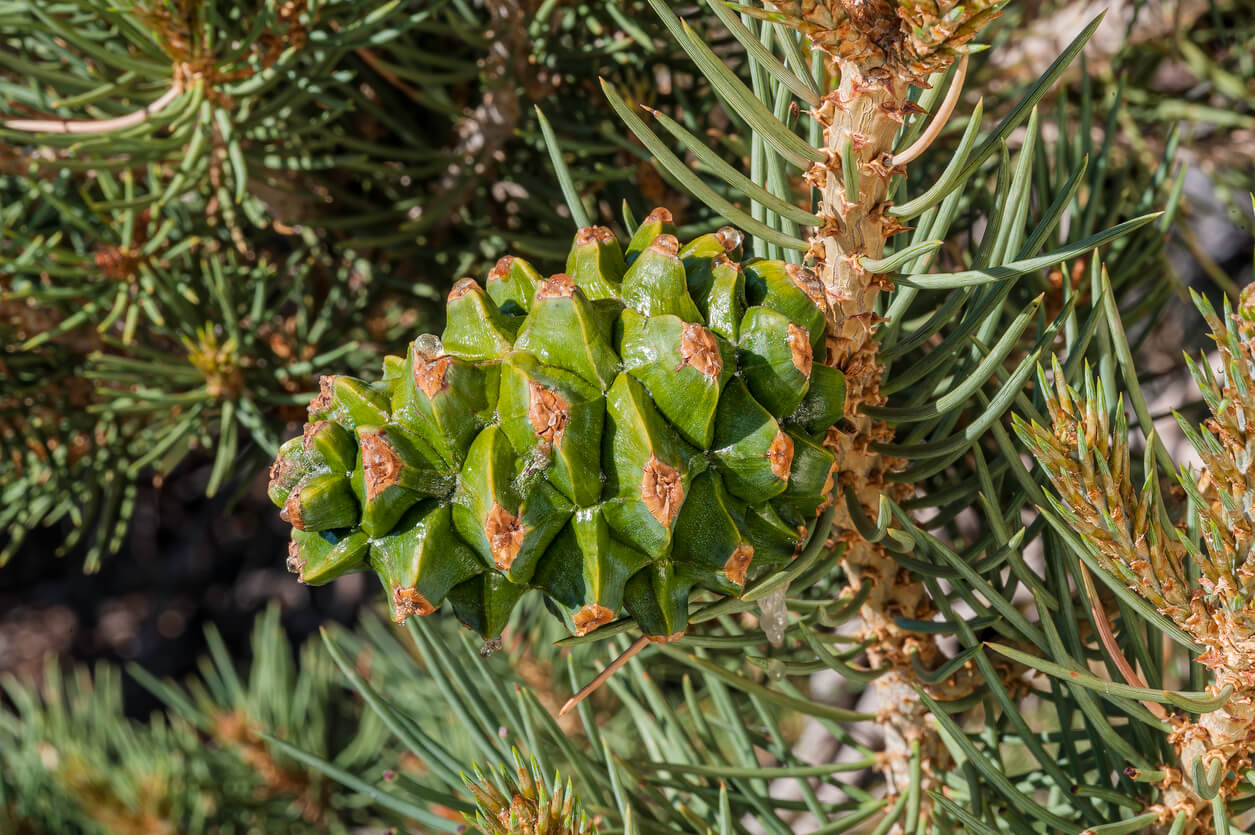At PinonPineNuts.com, we’re passionate about pine nuts—not just for their flavor and nutrition, but also for their rich history and cultural significance. Pine nuts have been a valued food source for centuries, and their story is as fascinating as their taste.
A Staple in Indigenous Cultures For the Indigenous peoples of the American Southwest, pine nuts have been a dietary staple for thousands of years. The New Mexico Piñon, in particular, holds significant cultural importance. Harvested by hand, these pine nuts were not only a crucial food source but also played a role in trade and ceremonial practices.
A Symbol of Prosperity and Health In various cultures around the world, pine nuts are seen as a symbol of prosperity and health. In ancient Rome, they were considered a delicacy and were often used in festive dishes. In the Mediterranean, pine nuts have long been associated with fertility and were included in wedding feasts as a symbol of good fortune.
The Piñon Harvest Tradition The harvesting of pine nuts, particularly the Piñon, is a time-honored tradition in New Mexico. Each year, families and communities come together to gather the nuts from the wild Piñon trees. This tradition is not only about collecting food; it’s also about connecting with the land and preserving cultural heritage.
Global Appeal Today, pine nuts are enjoyed all over the world, from Italy, where they are a key ingredient in pesto, to China, where they are roasted and eaten as a snack. Despite their global popularity, the pine nuts from the American Southwest remain unique in flavor and quality, prized for their rich, buttery taste.
Conclusion The history of pine nuts is as rich and diverse as the flavors they bring to our tables. When you enjoy pine nuts from PinonPineNuts.com, you’re not just tasting a delicious snack—you’re partaking in a tradition that spans centuries and cultures.






